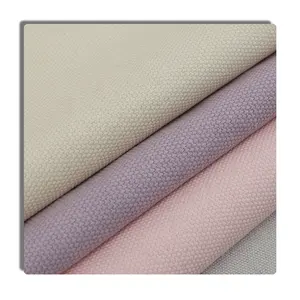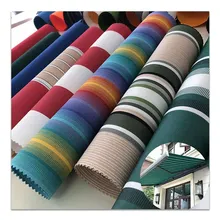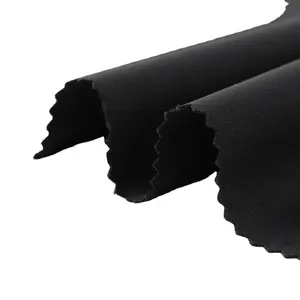
High-performance textiles are engineered fabrics designed to meet rigorous demands across various applications. These textiles offer functionalities beyond conventional fabrics, such as enhanced resistance to extreme temperatures, chemicals, and UV light. They also boast additional properties like wrinkle resistance, soil repellency, and odor control. Initially prominent in activewear and outdoor gear, these textiles have expanded into fashion and home décor.
The advent of manmade fibers in the 20th century gave rise to technical textiles, primarily used in industrial and engineering contexts. The subsequent generation of fibers, known as high-performance fibers, marked a significant improvement in strength and stiffness. These fibers, including polymer fibers like aramids and polyethylene, carbon fibers, and inorganic fibers such as glass and ceramics, are tailored for specific uses that require exceptional performance characteristics.
High-performance fibers are now integral to a multitude of sectors, finding use in geotextiles, construction, civil engineering, and composite materials. The diversity of applications speaks to their versatility and the technological advancements that have characterized their development over the past five decades.
![[WUPRO Textile]Wholesale China Fabric Textile Suppliers Knittedhome Textile Fabric Interlock Nylon Spandex Fabric](https://s.alicdn.com/@sc04/kf/Hd1f6f1fa21b94560afb34c2f896cde77Y.png_300x300.jpg)








































 浙公网安备 33010002000092号
浙公网安备 33010002000092号 浙B2-20120091-4
浙B2-20120091-4